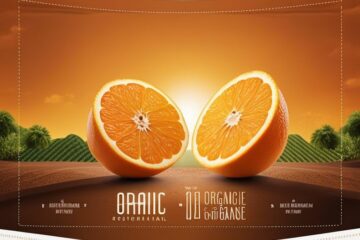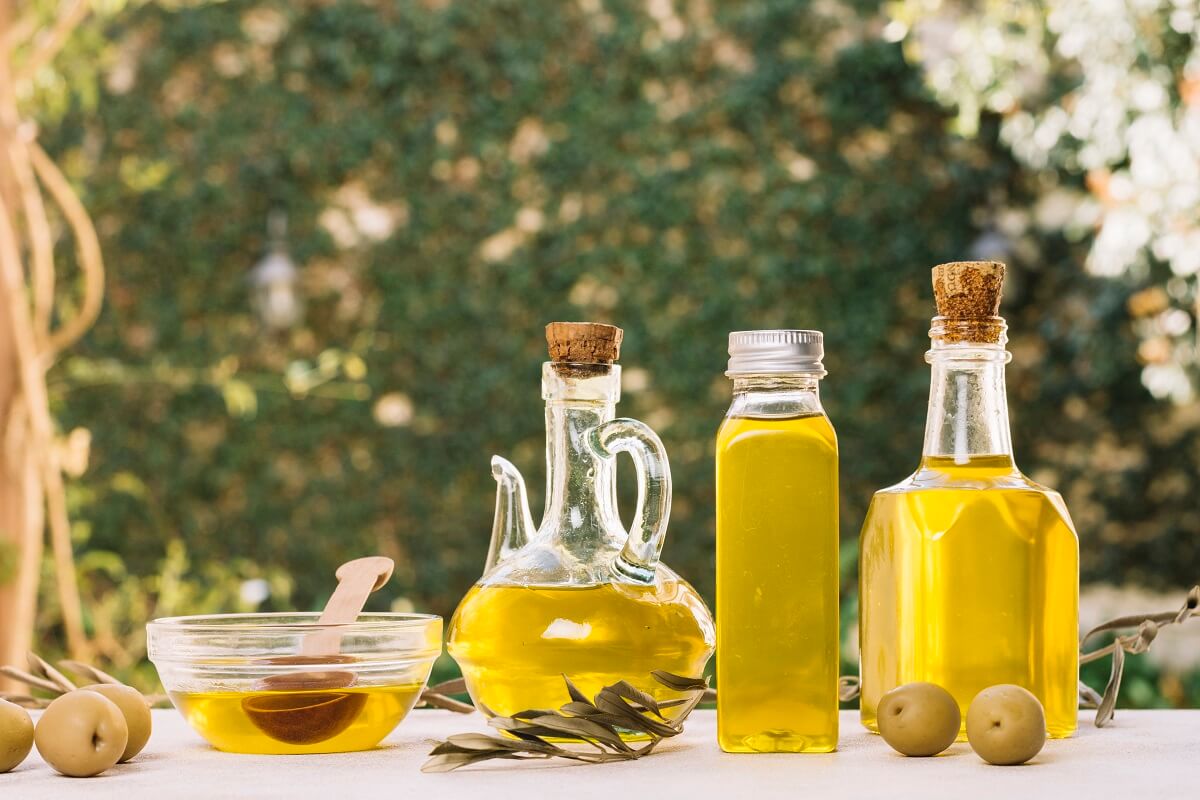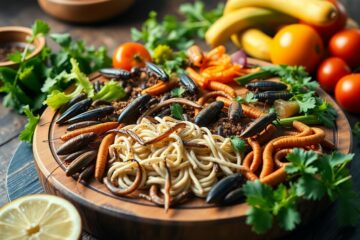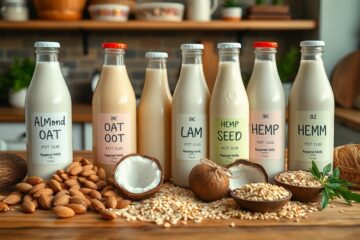Salmon is a nutritious and delicious fish that is widely consumed for its omega-3 fatty acids. But with the choice between wild and farmed salmon, how can you determine which is the healthiest option? Let’s break down the differences between the two types of salmon.
Table of Contents
Comparison Table: Farmed vs. Wild Salmon
When choosing between farmed and wild salmon, it’s important to understand the differences in nutritional value, health risks, and environmental factors. The table below highlights key comparisons to help you make an informed decision about which type of salmon is the healthiest option.
| Feature | Farmed Salmon | Wild Salmon |
|---|---|---|
| Calories (200g) | 400+ kcal | < 300 kcal |
| Omega-3 Fatty Acids | Higher content (but also higher fat content) | Lower content, but more balanced profile |
| Saturated Fats | Higher content | Lower content |
| Omega-6 Fatty Acids | Higher content | Lower content |
| Minerals | Lower content (potassium, zinc, iron) | Higher content (potassium, zinc, iron) |
| Contaminants (PCBs, dioxins, pesticides) | Higher levels (from water and feed) | Lower levels |
| Arsenic | Higher content | Lower content |
| Antibiotics | Present due to farm conditions | Not present (as wild-caught) |
Farmed Salmon vs. Wild Salmon: A Comparison of Key Factors
The vast majority of salmon sold worldwide are farmed, but they differ significantly from their wild counterparts. Farmed salmon are raised in pens and typically feed on a high-fat, high-protein diet designed to maximize growth. This diet often includes processed food, which can result in a less healthy product compared to wild salmon. In contrast, wild salmon eat a natural diet of smaller organisms like krill and fish, making their nutritional profile more organic.
Key differences:
- Diet: Farmed salmon consume a controlled, high-fat, artificial diet, while wild salmon eat a variety of organisms in the wild.
- Environment: Farmed salmon are raised in confined spaces, whereas wild salmon are found in their natural habitats, free to roam.
Nutritional Value: Comparing Farmed and Wild Salmon
The nutritional profiles of farmed salmon and wild salmon vary substantially. Studies show that a 200-gram fillet of farm salmon contains over 400 calories, while the same portion of wild salmon contains less than 300 calories.
Nutritional Comparison:
- Farmed Salmon: Higher in Omega-3s, Omega-6 fatty acids, and saturated fats.
- Wild Salmon: Higher in minerals such as potassium, zinc, and iron.
This variation highlights the different health benefits of each type. Farmed salmon may offer more fats (especially Omega-3s), while wild salmon is a leaner option rich in essential minerals.
Contaminants in Salmon: A Health Concern
One of the most significant health concerns with farm-raised salmon is the presence of harmful contaminants. Research indicates that farm salmon are more likely to absorb pollutants from their environment, such as PCBs, dioxins, and pesticides. The levels of arsenic are also higher in farmed salmon compared to their wild counterparts. These toxins have been linked to several health risks, including cancer.
In contrast, wild salmon tends to have much lower concentrations of these harmful substances, making it a safer choice in terms of contaminants.
Antibiotics in Farmed Salmon: A Growing Concern
Another issue with farm-raised salmon is the use of antibiotics. To prevent disease in overcrowded fish farms, antibiotics are often added to the fish feed. While this helps maintain the health of the salmon, it raises concerns about the overuse of antibiotics, which can lead to antibiotic resistance in humans. The presence of antibiotics in farmed fish is a growing public health issue, especially in countries with lax regulations.
Wild salmon, being free from such practices, does not carry the same risks associated with antibiotics.
Is Salmon Healthier Than Other Fish?
When compared to other types of fish such as pangasius or cod, salmon is generally considered one of the healthiest options. It is rich in omega-3 fatty acids, which have been shown to have various health benefits, including heart health and brain function.
If you have the option, wild salmon is always the healthier choice. It’s akin to choosing organic vegetables over conventionally farmed ones, offering a more natural and healthier food source.

Our contributing author is a passionate advocate for eco-friendly living and sustainability. With a background in eco-life, they are dedicated to inspiring and empowering individuals to adopt environmentally conscious lifestyles. Through insightful articles, they share practical tips, innovative solutions, and thought-provoking perspectives to promote a greener, more sustainable world. Join them on the journey towards eco-smart living and discover how small choices can make a big impact. 🌱









